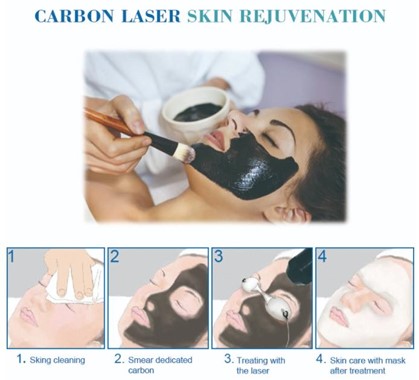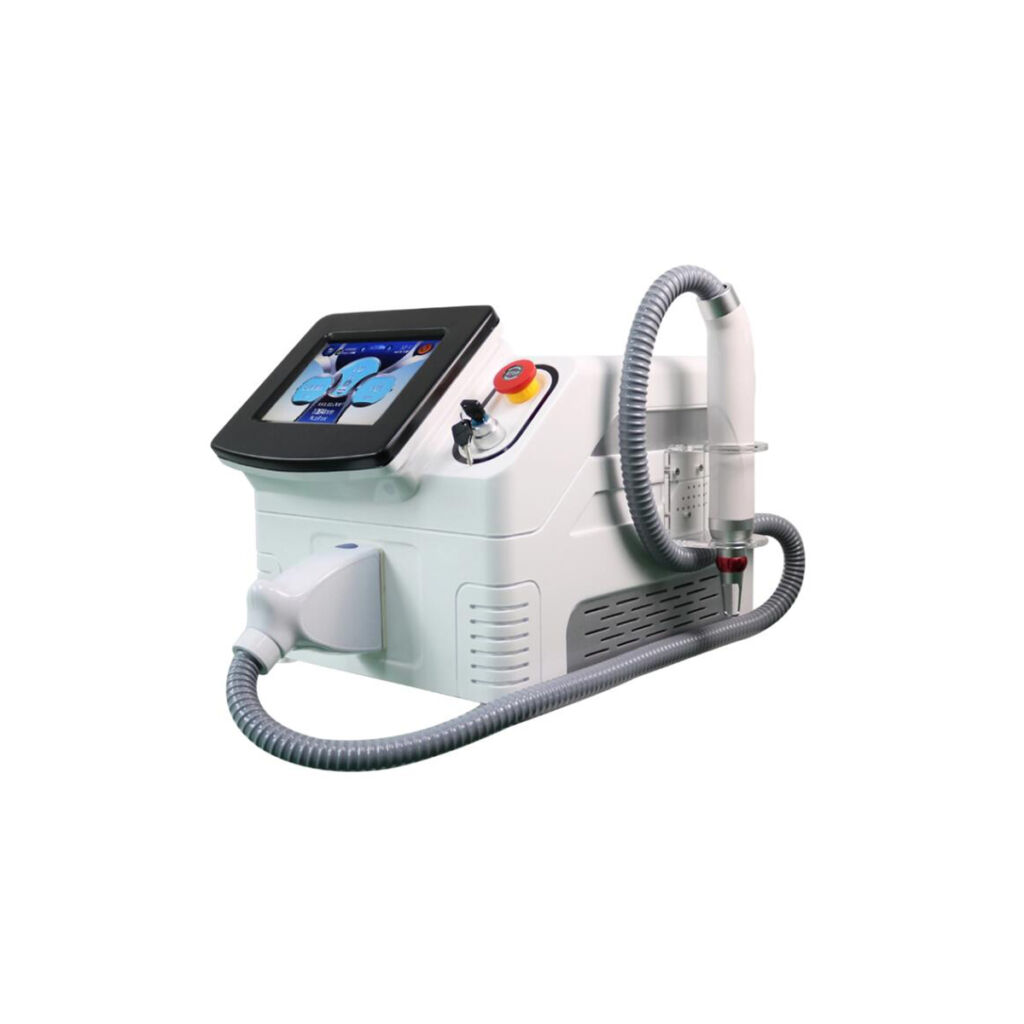
Product Details
Arfurla Picosecond Nd Yag Laser Tattoo Removal Pigment Removal
Arfurla Picosecond Laser is a cutting-edge, non-invasive picosecond laser system designed to deliver unparalleled results in skin revitalization, pigmentation correction, tattoo removal, and acne scar treatment. Superior efficacy with minimal downtime. Engineered for precision and safety, this system is ideal for clinicians seeking advanced solutions for diverse skin concerns.
Laser instantly emits high energy, effectively crush and removes the pigment in the diseased tissue. The pigment rapidly explodes and cracks when heated rapidly. The superficial epidermis immediately pops out of the body. The deep pigmentation of the basement tissue breaks into fine granular metabolism. It gradually fades until it disappears. The laser energy is strongly absorbed by melanin and hemoglobin, while the surrounding normal skin tissue does not form any damage because it does not absorb laser light of a fixed wavelength.
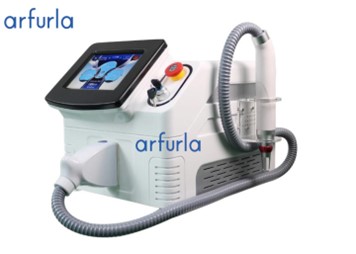
Advanced Pigment & Tattoo Removal Picosecond Laser
Picosecond Photoacoustic Effect: Shatters ink particles and melanin into ultrafine fragments, enabling faster clearance
No Thermal Damage: Minimizes erythema and hyperpigmentation risks, even for stubborn colors (e.g., blues, greens).
- Acne Scar & Wrinkle Reduction
Laser-Induced Optical Breakdown (LIOB): Stimulates collagen and elastin via controlled subdermal micro-injuries, improving skin texture and elasticity.
- Non-Invasive Skin Rejuvenation
Low-energy, high-frequency pulses brighten skin tone and reduce pore size with zero downtime.
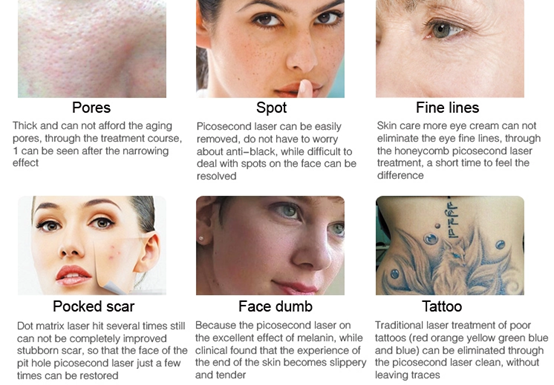
532nm wavelength: the nemesis of superficial pigments and vascular lesions
Efficacy and mechanism:
Mainly absorbed by oxyhemoglobin and melanin.Penetration depth is shallow (approximately 0.5-1mm), suitable for epidermal pigmentation.
Highly effective red removal: Targeting hemoglobin in blood vessels, the photoacoustic effect blocks abnormal capillaries (such as facial flushing, port wine stains), while decomposing superficial spots (such as coffee spots, sunburn).
Low thermal damage: Picosecond pulses avoid the continuous heat accumulation of traditional lasers and reduce the risk of purpura (common after nanosecond laser treatment of blood vessels).
Clinical applications:
Red/Yellow Tattoo Removal: High absorption of red, orange, and yellow inks.
Epidermal Pigmented Spots: Freckles, sun spots, and café-au-lait spots (shallow).
Vascular Lesions: Superficial telangiectasia and redness.
Precautions: Asian skin is prone to post-inflammatory hyperpigmentation (PIH), requiring low-energy procedures.
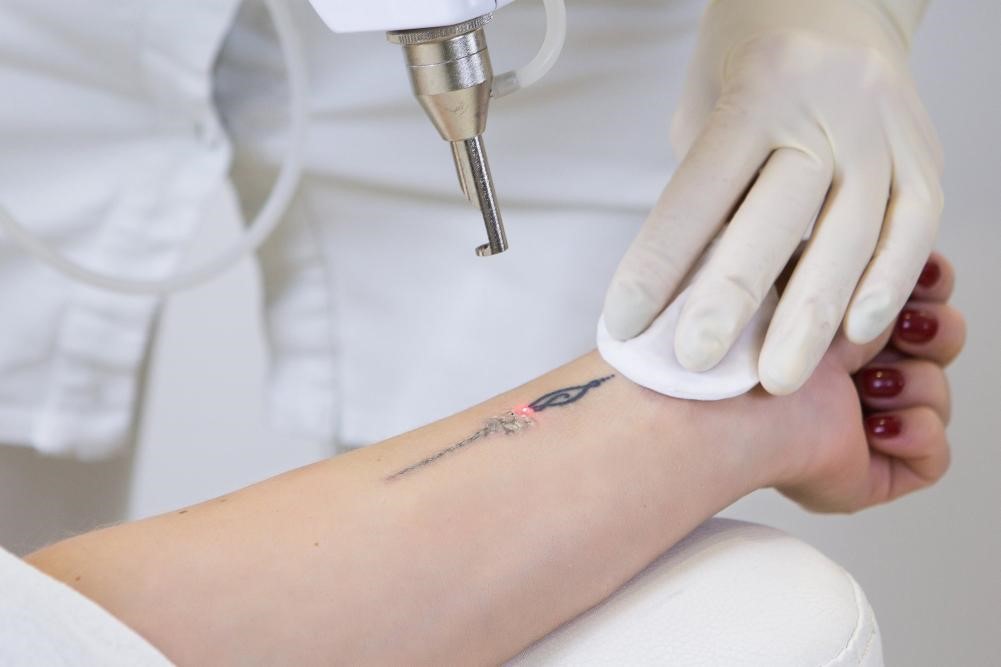
755nm wavelength: Precisely targeting melanin and dark tattoos
Efficacy and mechanism:
It is efficiently absorbed by dermal melanin, reaching one of the highest melanin absorption peaks.It has a moderate penetration depth (approximately 1-3mm), reaching the superficial to mid-dermis.It is less absorbed by hemoglobin, reducing the risk of vascular damage.
Picosecond photoacoustic effect: Photoacoustic shock waves are generated through picosecond ultra-short pulses (non-Q switching technology), which instantly crush melanin or dark tattoo ink (such as black, blue) into micron-sized particles, which are metabolized by the lymphatic system, significantly reducing the number of treatments
Clinical Applications :
Black/Blue-Green Tattoo Removal: Gold standard wavelength, especially effective for blue and green inks.
Pigmented Lesions:
Nevus of Ota, cyanotic nevus (deep dermal pigmentation).
Lentigma, melasma (use caution).
Skin Whitening and Rejuvenation: Improves uneven skin tone and brightens complexion.
Advantages: Highly selective for melanin and relatively safe.
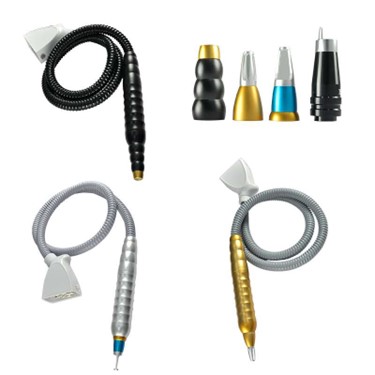
1064nm wavelength: deep penetration and comprehensive repair
Efficacy and mechanism:
Melanin absorption is lower than 755nm, but penetration is the deepest (up to 4-6mm).
It is slightly absorbed by hemoglobin and water, making it suitable for deep-lying targets.Even skin tone: In low-energy mode, melanin can be evenly decomposed to achieve “Picosecond skin rejuvenation” and brighten dull skin tone.
Clinical application:
Dark tattoo removal: Black and blue ink (especially deep-set ink).
Deep pigmented lesions: Nevus of Ota, malformed nevus.
Skin rejuvenation and scar treatment:
Stimulates collagen regeneration (low-energy mode).
Improve acne scars and enlarged pores.
Melasma management: Low-energy, large spot mode (LIOB effect) reduces the risk of recurrence.
Advantages: Deep penetration, minimal thermal damage, suitable for darker skin tones.
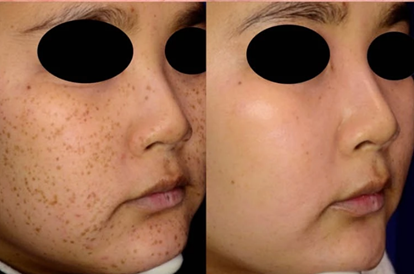
1320nm wavelength: non-ablative deep reconstruction
Efficacy and mechanism:
Mainly absorbed by water (non-pigmented target).
Mechanism of Action: Laser energy is absorbed by water molecules in the dermis, generating a microthermal effect that stimulates collagen remodeling.
Melanin absorption is minimal, resulting in a high safety profile.
Dermal reconstruction: Through picosecond dot matrix technology, a “micro-treatment zone” (MTZ) is formed in the dermis, initiating a wound healing response, promoting continuous collagen proliferation, and improving deep wrinkles, atrophic scars and skin elasticity.
Low downtime: Because there is no epidermal exfoliation, the recovery period only takes 24-48 hours (traditional CO2 dot matrix takes 1-2 weeks).
Clinical applications:
Non-ablative skin rejuvenation:
Improve fine lines and sagging skin.
Firms skin and minimizes pores.
Acne scar repair: Stimulates collagen regeneration and smoothes depressed scars.
Skin rejuvenation: Improves overall skin texture with no downtime (compared to ablative lasers).
Advantages: Non-invasive, quick recovery, suitable for sensitive skin and busy individuals.
